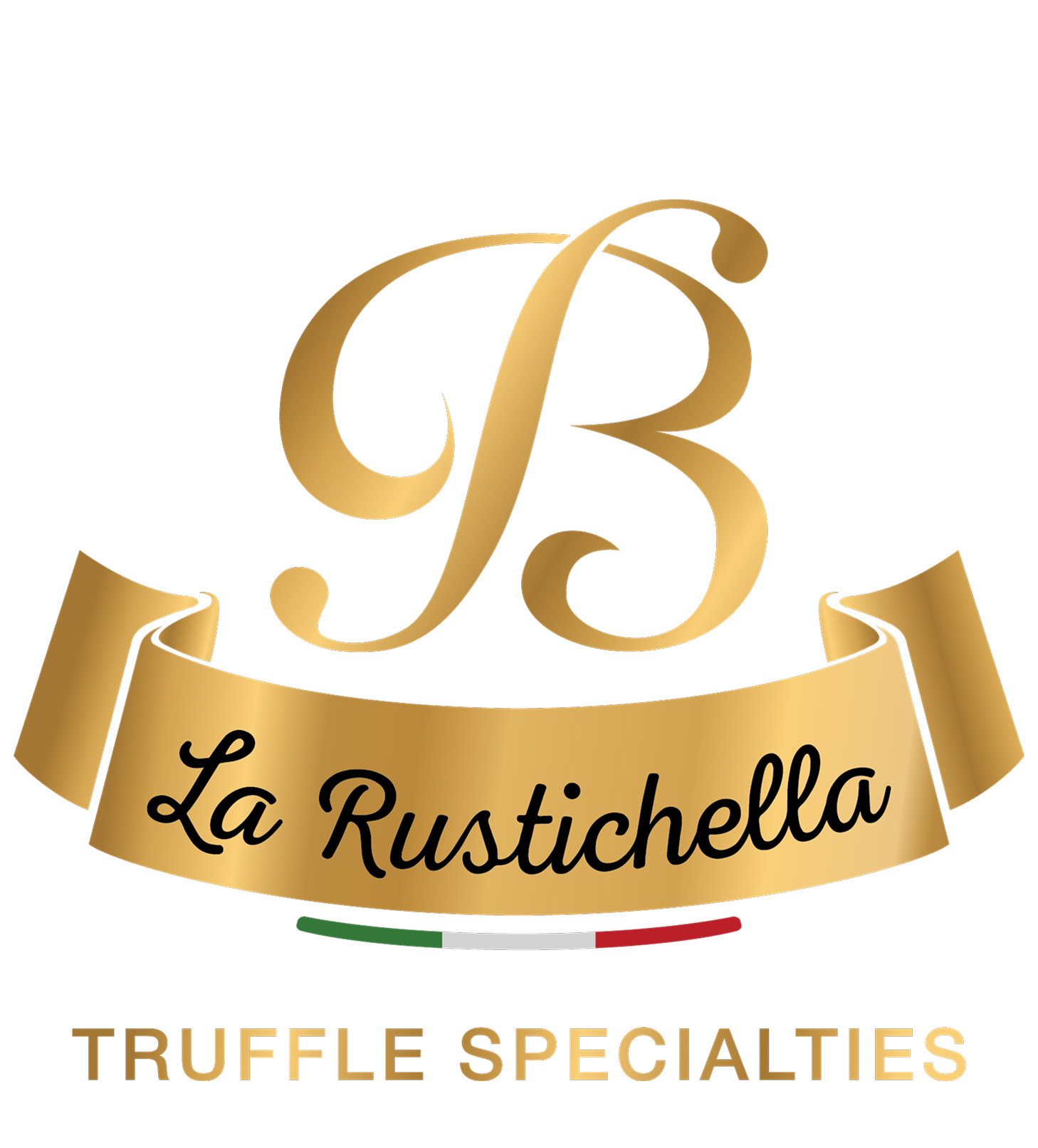INFO AND CONTACTS
CONTACTS
FOR INFORMATION OR CLARIFICATION REGARDING OUR PRODUCTS
CONTACT US THROUGH THE CONTACT FORM OR CALL US ON THE TELEPHONE NUMBER
Rustichella Truffles is open during the following days and hours:
Monday-Friday: 9 a.m.-1 p.m. / 2 p.m.-6 p.m.
